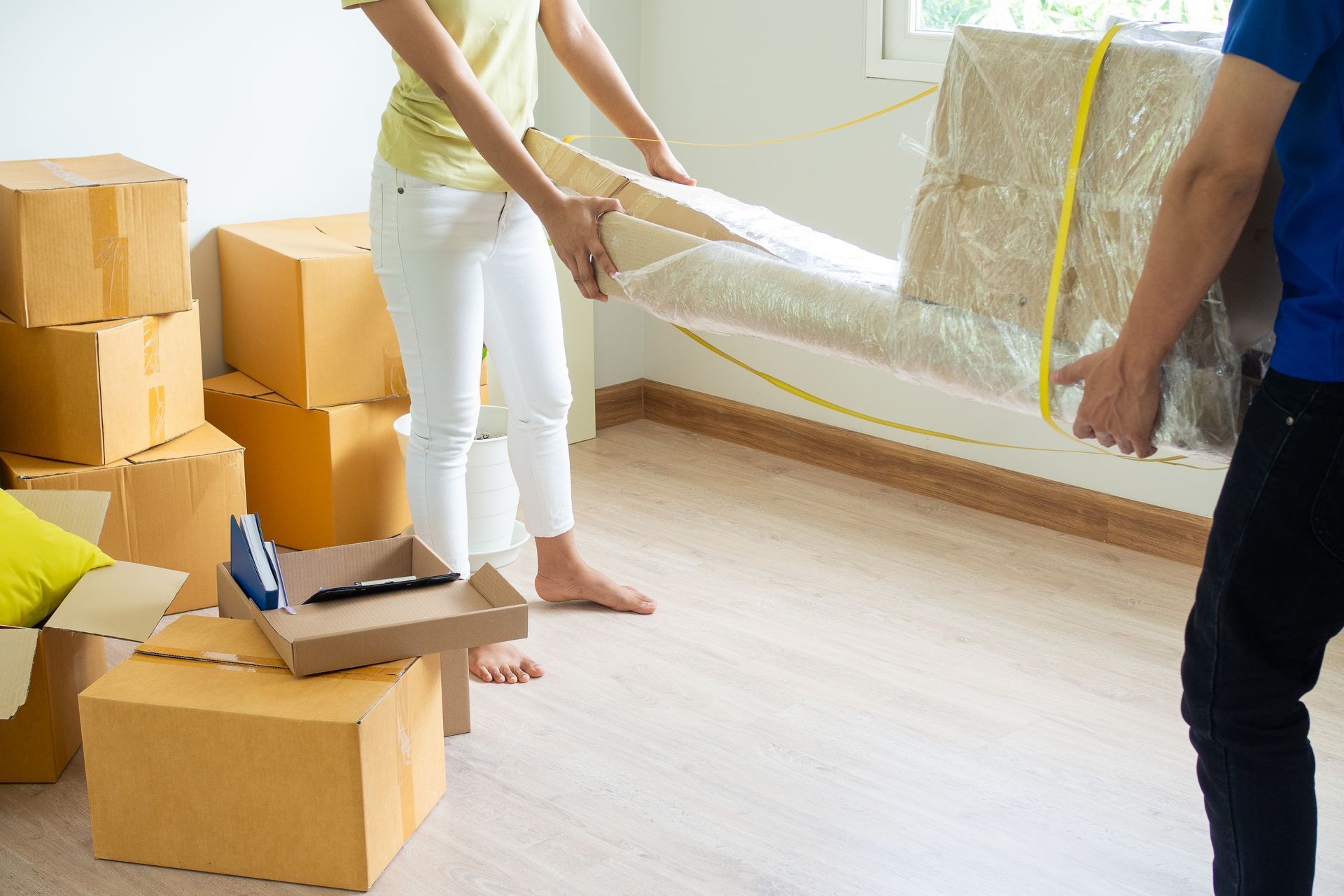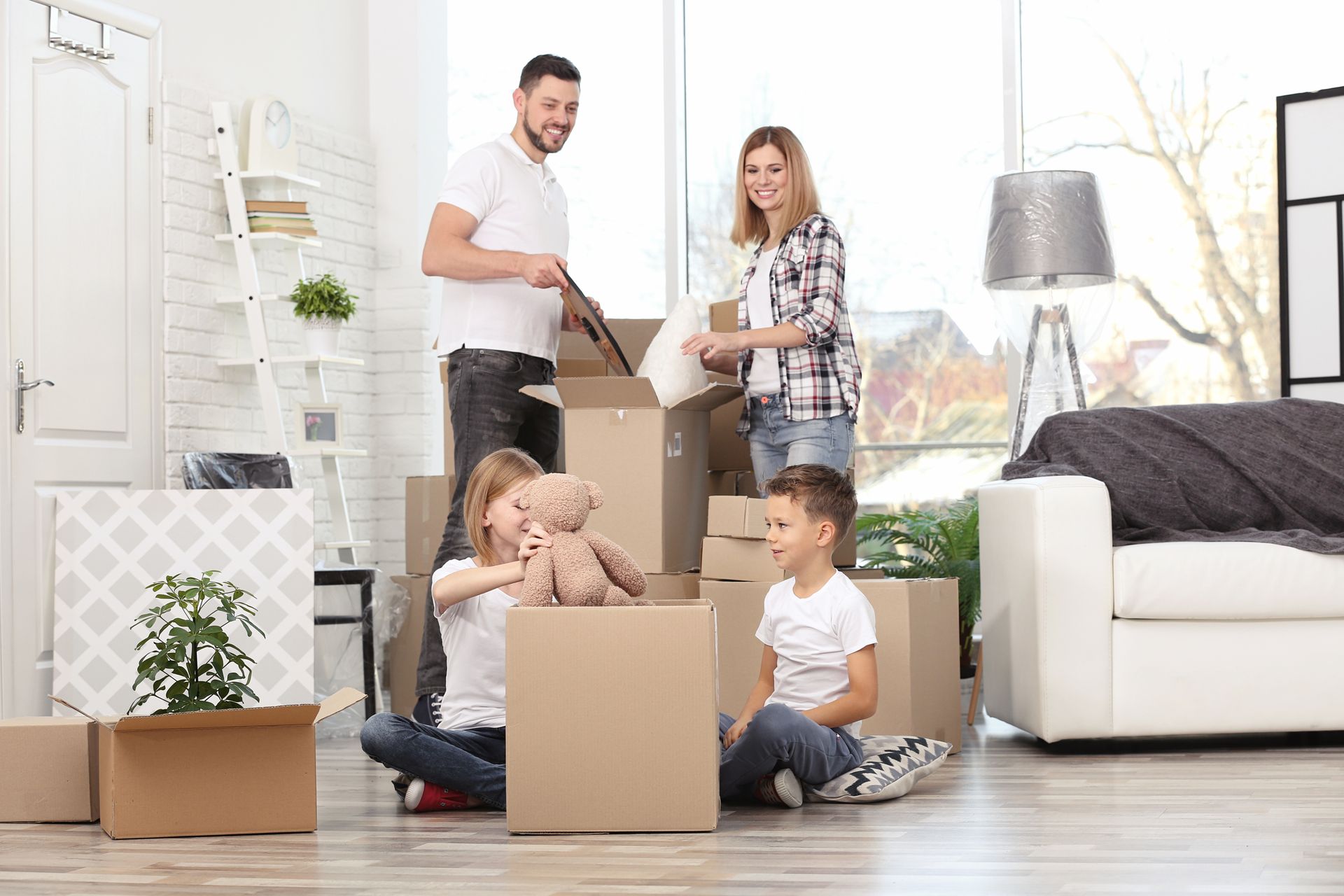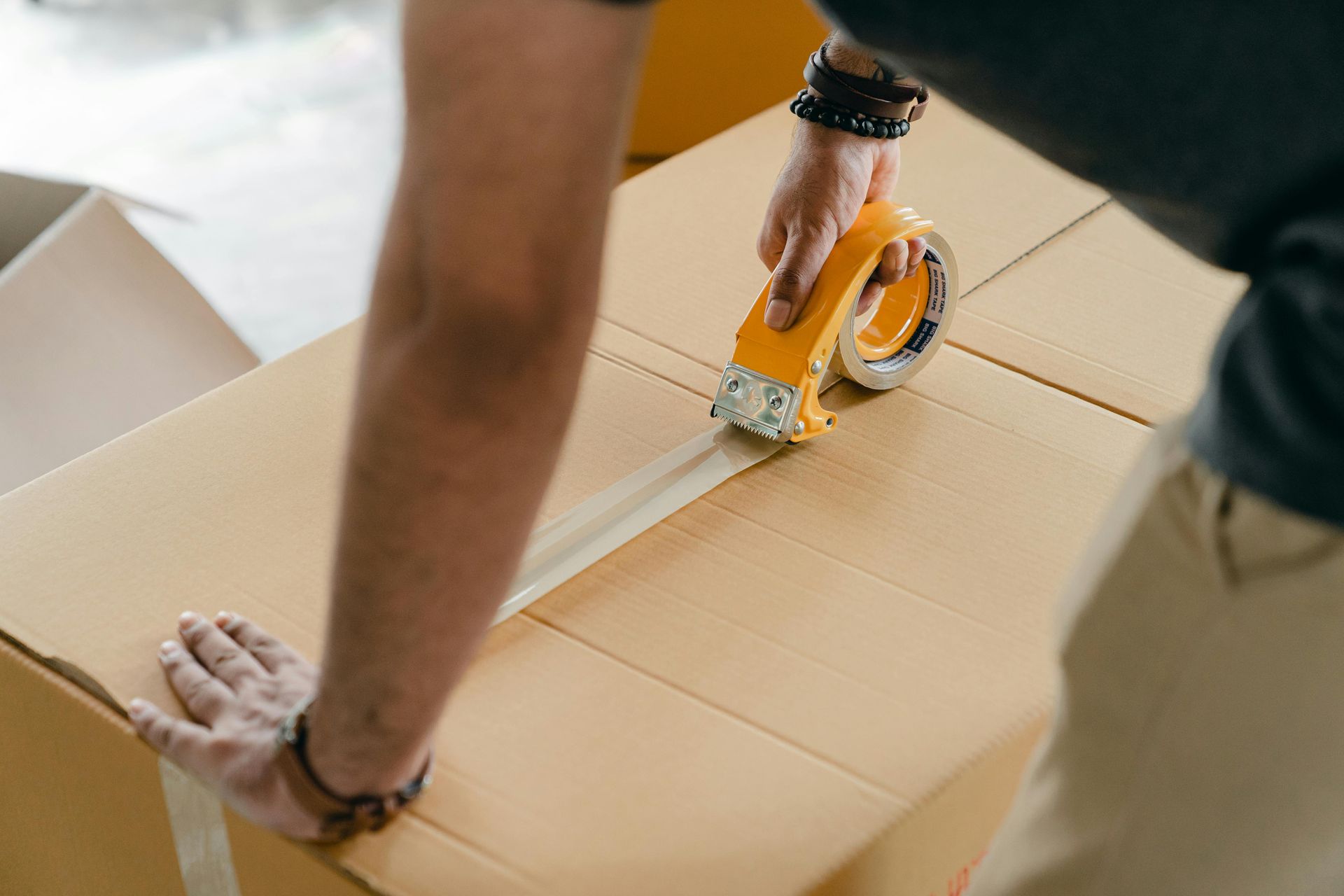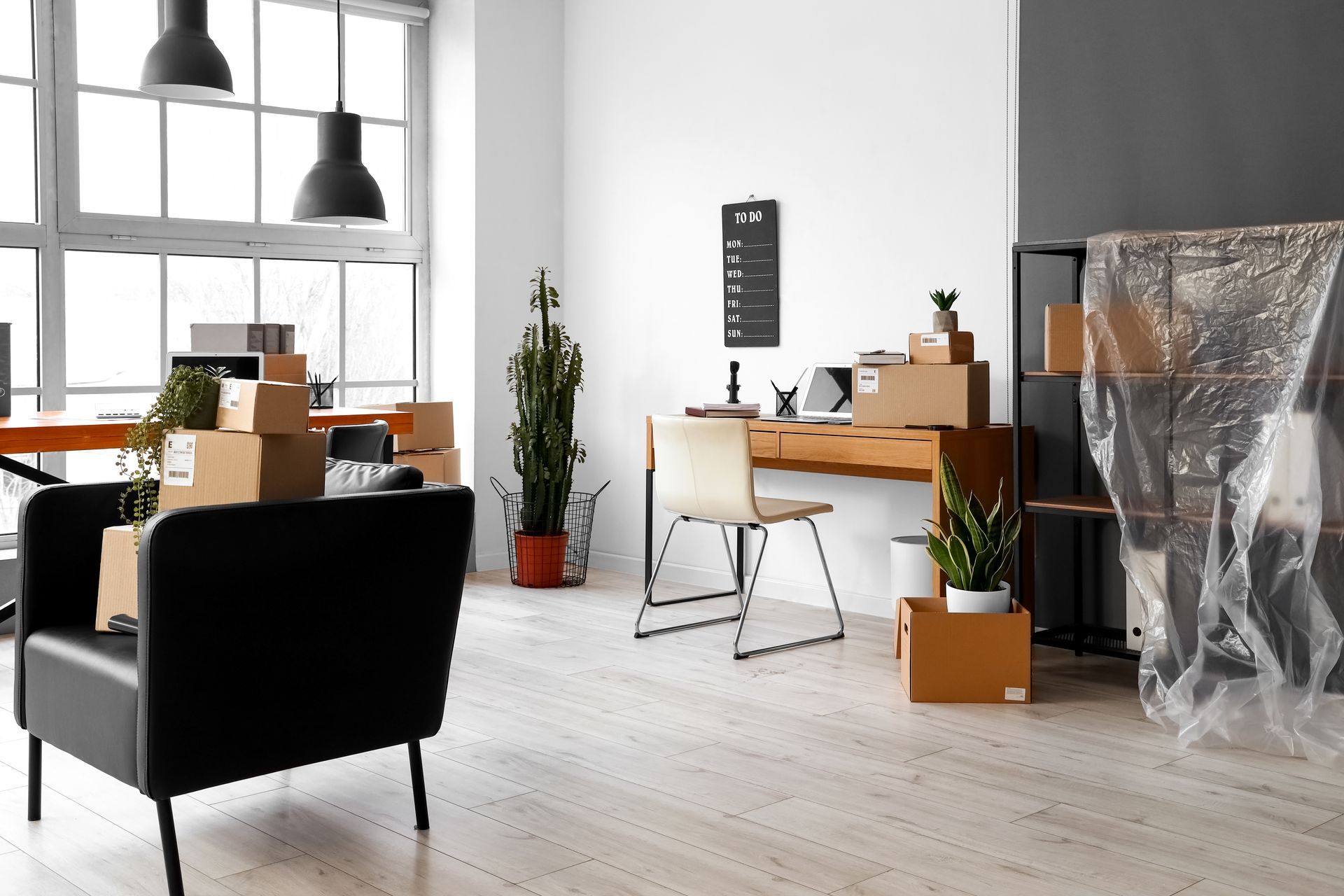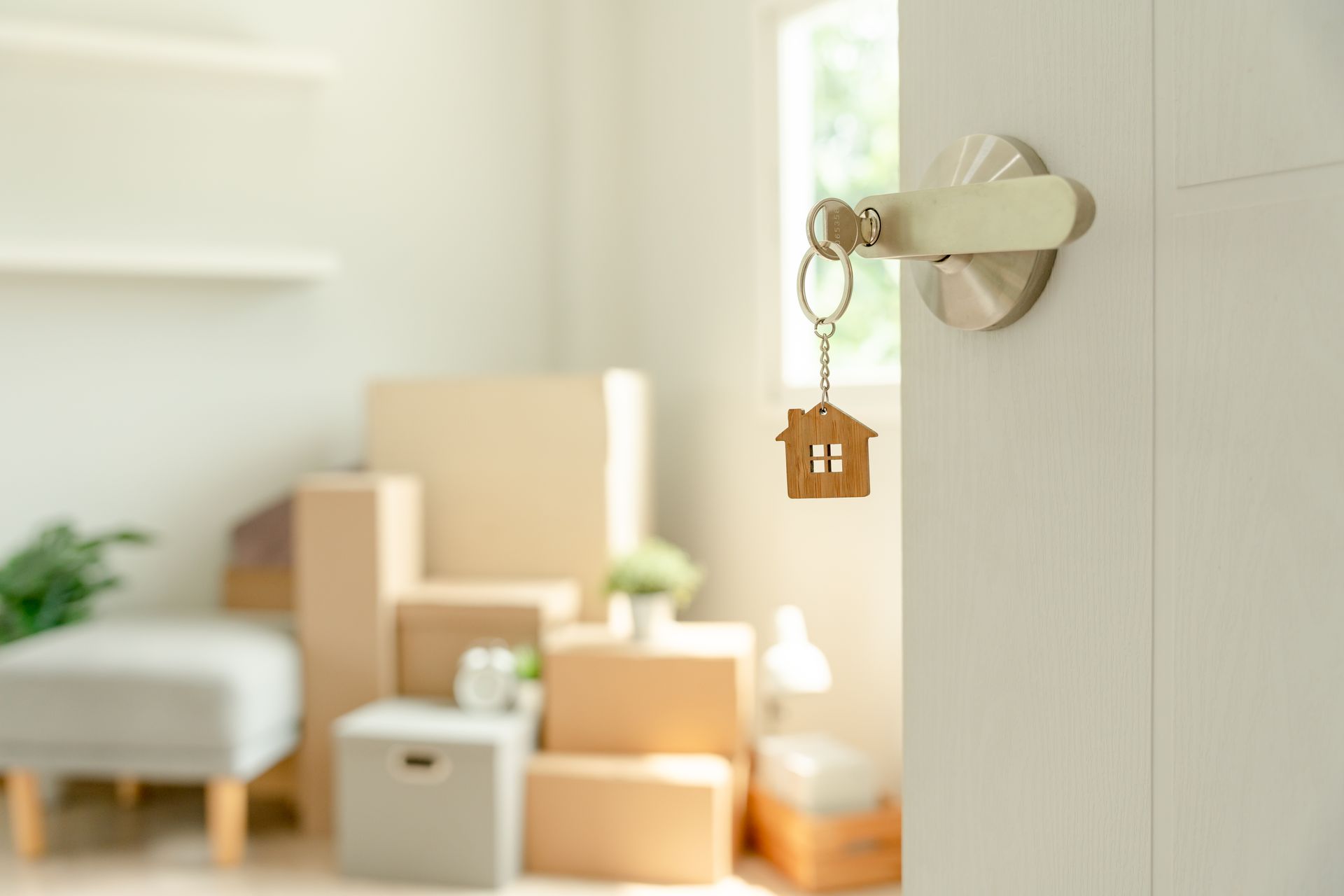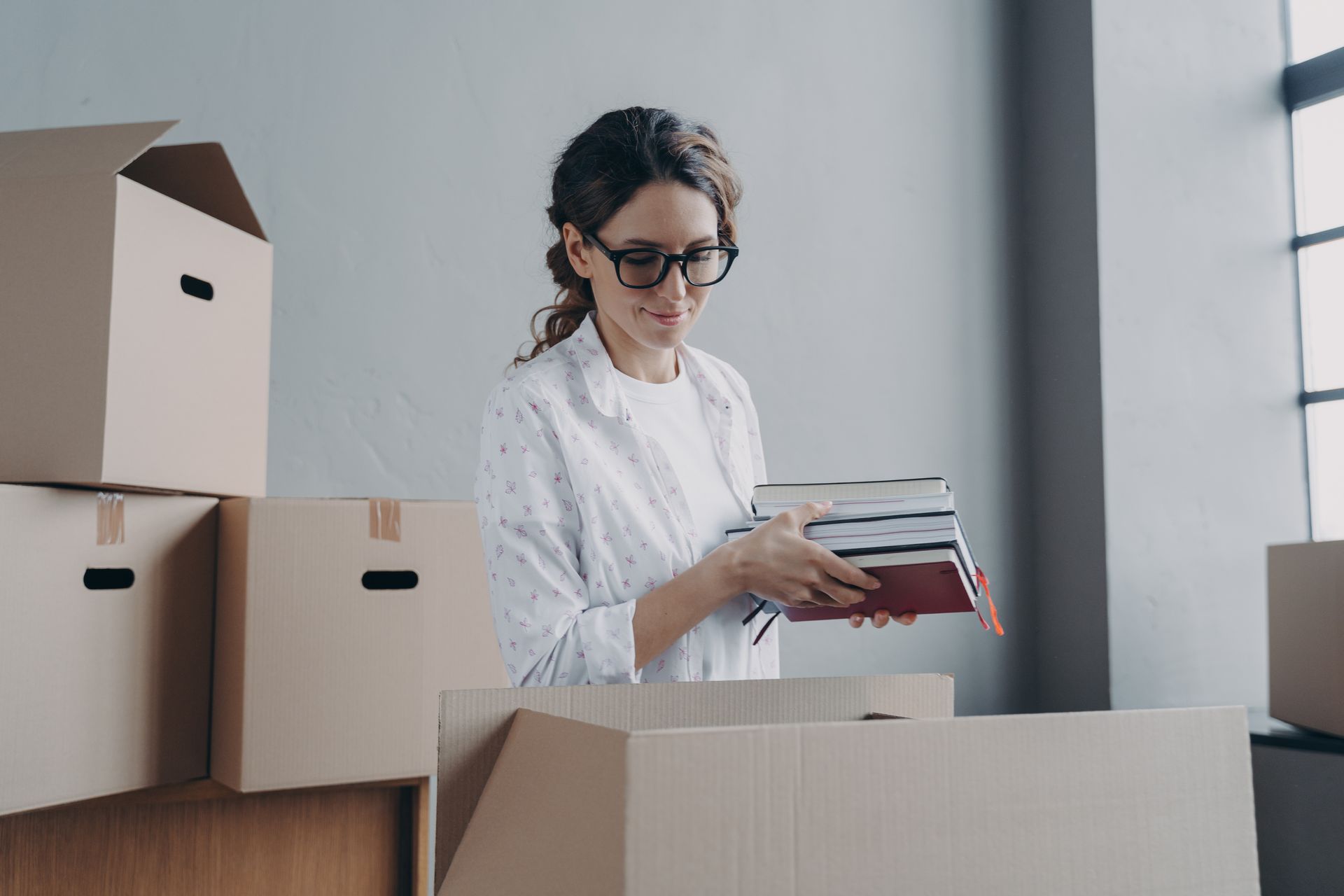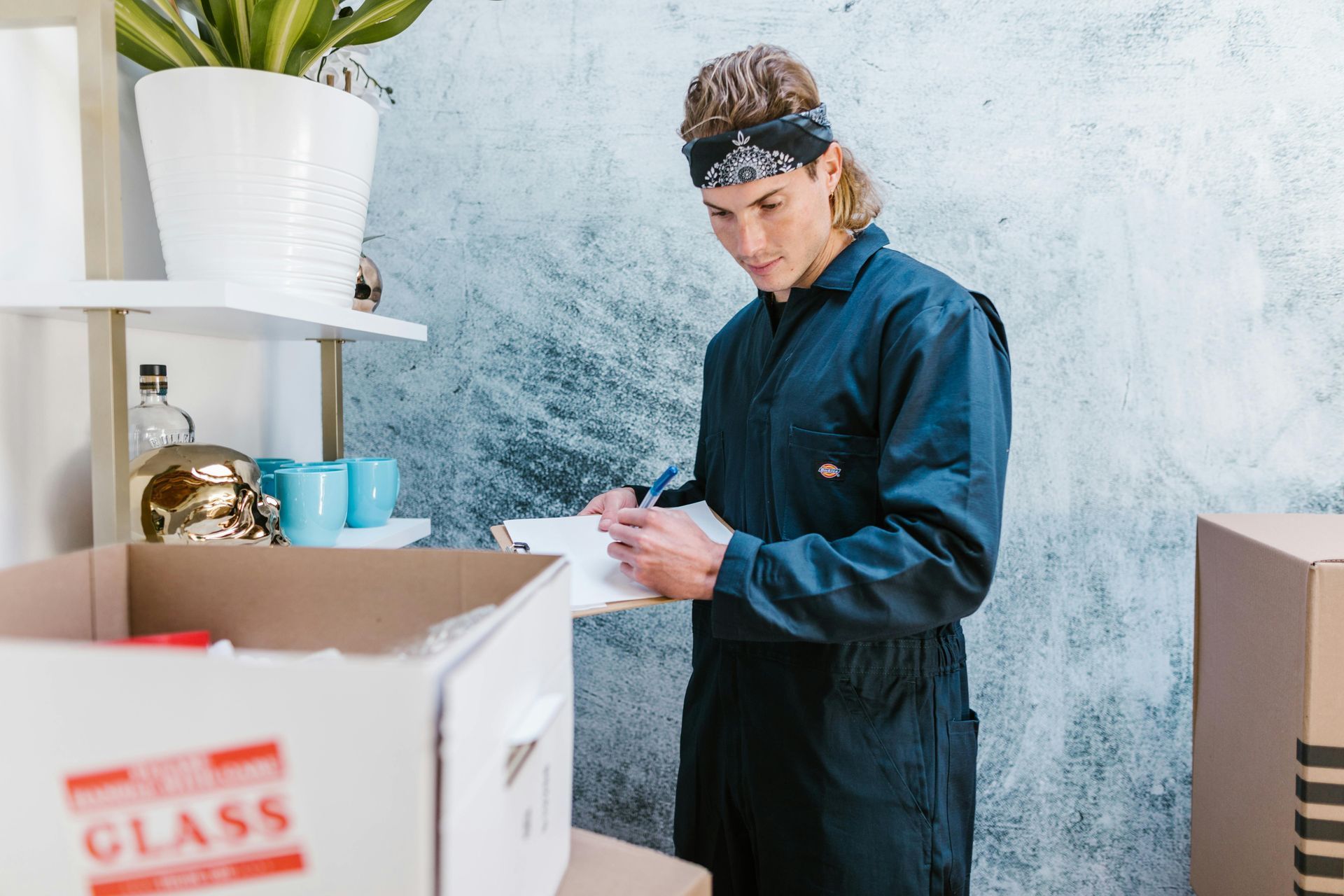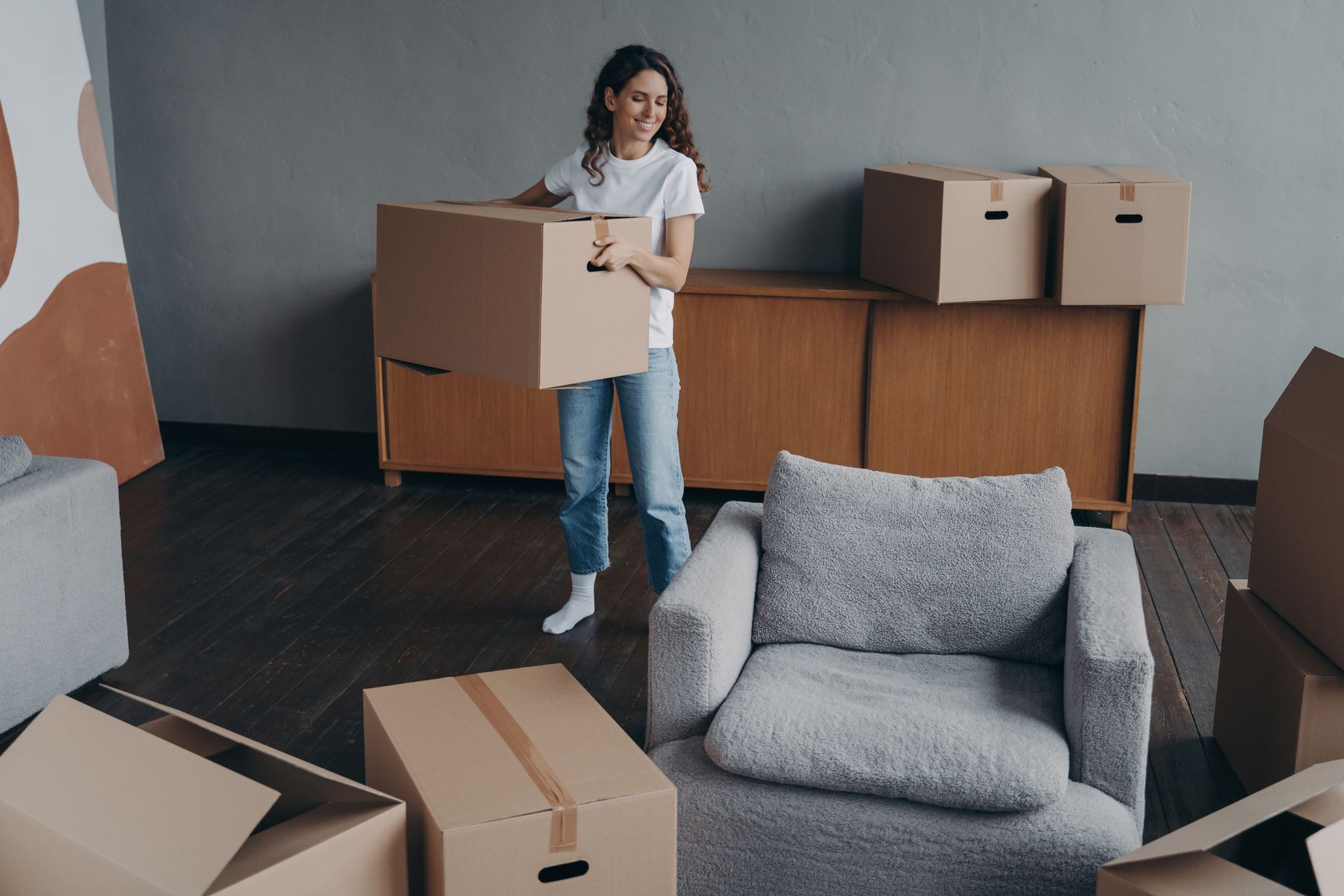Packing Fragile Items: Tips for Safe Transportation
Moving fragile items can be a daunting task. Whether dealing with delicate heirlooms or expensive glassware, proper
packing services and materials are essential to prevent damage. Good Deeds Moving, a trusted name in
Residential Moving Services, ensures safe relocation of fragile items. This guide provides expert tips to help pack fragile belongings securely.
Choose the Right Packing Materials
The foundation for safely packing fragile items lies in high-quality materials. Using the right supplies can prevent costly damage.
Essential Packing Services Materials:
- Bubble wrap: Provides exceptional padding for delicate items.
- Packing paper: Gentle, flexible, and ideal for wrapping individual pieces.
- Sturdy boxes: Use smaller boxes for fragile items to prevent damage from excessive weight.
- Packing peanuts: Great for filling empty spaces and adding extra protection.
- Packing tape: Durable tape to secure boxes.
- Labels and markers: Clearly mark boxes with "Fragile" for careful handling.
Using weak, second-hand boxes can compromise the safety of fragile items. Instead, opt for sturdy moving boxes for added protection.
How to Pack Dishes and Glassware Safely
Dishes and glassware are among the most vulnerable items during a move. Follow these steps to keep them safe:
- Wrap each item individually: Use packing paper and bubble wrap for added protection.
- Pack items vertically: Plates and glassware should be packed upright like books on a shelf to minimize surface exposure.
- Fill gaps: Use packing peanuts or crumpled paper to prevent movement inside boxes.
- Label as fragile: Ensure boxes containing glassware and ceramics are marked on all sides.
Protecting Electronics and Delicate Appliances
Electronics and appliances require extra care during Moving Services. Follow these tips to ensure their safety:
- Original packaging is best. If you have the original boxes and foam inserts for your electronics, use them. They are specifically designed for maximum protection.
- Use anti-static bubble wrap. Regular bubble wrap can cause static, which might damage sensitive electronics. Opt for anti-static bubble wrap or foam for wrapping laptops, gaming consoles, and other gadgets.
- Remove cables and accessories. Remove any detachable parts, such as cables, batteries, or stands, and pack them separately. Label these parts for easy reassembly later.
- Tape down moving parts. If an appliance has movable parts, like microwave doors or turntables, tape them down to keep them from opening or shifting while being moved.
- Avoid stacking.
Never stack electronics in moving boxes. Always place them in individual boxes with ample cushioning surrounding them.
How to Handle Artwork, Mirrors, and Frames
Mirrors, artwork, and picture frames can be challenging to pack due to their size, shape, and fragility. To prevent these items from cracking, chipping, or breaking during your move, follow these steps:
- Use specialized boxes. Purchase mirror and picture boxes that are designed to fit these fragile items snugly.
- Wrap in bubble wrap and cardboard. Start with a layer of bubble wrap around the item, and then add a layer of cardboard for increased protection. Secure everything with tape.
- Use corner protectors. For frames and mirrors, foam or cardboard corner protectors can safeguard the edges from accidental bumps.
- Store vertically. Always store mirrors, artwork, and frames upright, and never flat, as this minimizes pressure on the glass and frame.
- Label the box.
As with any fragile item, clearly mark the box as fragile and indicate which side should face up.
Label and Organize for Easy Unpacking
One of the biggest obstacles in packing fragile items is ensuring they can be located and unpacked without damage.
- Create an inventory. Before closing each box, make a list of what's inside. This can be as simple as writing a short description on the side of the box or creating a more detailed list that you keep separate.
- Label clearly. Label boxes "Fragile" and note the corresponding room, such as "Kitchen" or "Living Room." This will assist you (or your movers) in determining where to place them during unloading.
- Unpack fragile items first. Make unpacking the fragile items a priority once you arrive at your new home. This prevents boxes from getting jostled as other belongings are moved in.
Why Choose Good Deeds Moving for Your Next Move?
Packing and moving fragile items can be stressful and time-consuming, but you don't have to do it by yourself. At
Good Deeds Moving in Anaheim, CA, We specialize in providing
professional moving services, ensuring your most delicate possessions are handled with care, whether moving locally or long-distance. Our team of skilled professionals is well-versed in the best techniques and materials to guarantee the safe arrival of your valuables. From dishes and glassware to artwork and electronics, we treat your belongings as if they were our own. Prepared to make your next move effortless? Contact us today at
(323) 812-2289 and let us take care of the heavy lifting!
FAQs
What’s the best material to use for wrapping fragile items?
Bubble wrap and packing paper are your best options. Bubble wrap provides excellent cushioning, while packing paper is ideal for individually wrapping delicate items like glassware and dishes.
Should I pack electronics differently from other fragile items?
Yes, electronics require special care. It’s best to pack them in their original boxes if possible. Otherwise, use anti-static bubble wrap, and ensure they’re padded properly to avoid damage during the move.
Can I pack fragile items in large boxes?
It’s generally better to use smaller boxes for fragile items. Smaller boxes are easier to handle and reduce the risk of stacking, which can cause damage to the items inside.
How can I ensure my fragile items don’t shift during transit?
Filling any empty space in your boxes with packing peanuts, foam, or crumpled paper is key. This prevents movement inside the box, reducing the risk of breakage.
Does Good Deeds Moving provide packing services for fragile items?
Yes, we do! Our team is trained in packing fragile items to ensure their safe transportation. We bring the materials, the know-how, and the experience to handle your most valuable possessions with care. Call us at (323) 812-2289 to learn more about our packing services.
